TRANSFORM YOUR TEAM'S SEASON WITH PROFESSIONALLY PLANNED SESSIONS
Use our expert plans or build your own using our library of over 700+ drills, and easy-to-use tools.
JOIN NOWWhat are the key skills in individual defending and what are the best ways to practise them?
Jayson, are we talking closing down, tackling, marking or covering?
Happy to make some suggestions in any of the areas mentioned.
I'm looking at all these areas I suppose Jon. I'm coaching at the JRPC in Leeds this season and one of our sessions needs to be on individual defending. What I want to do is ensure that I am providing a training session (or set of training sessions) which cover the key skills involved in being a good defender and then build drills or constrained games around these key skills. Any advice much appreciated! Best wishes, Jayson
Hi Jayson,
At a JRPC or in the context of any representative squad (other than some senior international teams) you have the players for a very short period of time. This being the case you do not have time to practise defending skills to the point of automaticity so really you need to send the youngsters away with more knowledge that you hope they can utilise in their club and school sessions. Using the same argument, I assume, it is also preferable to concentrate on individual and small unit defending.
Young players tend to get confused in that coaches tend, in the players mind, to contradict each others advice. "Mr Johnson told me to tackle with a flat stick" You're telling me not to commit myself and stay upright." The youngster is confused because he doesn't take account or has not had the context of the situation explained.
The key to individual defending is awareness of the space surrounding the defender. I usually start with a situation where the defender is isolated and needs to delay the player in possession. The defender needs to be in contention until he/she is supported by a teammate when the defenders can be more proactive.
Practise with both the left and right shoulder leading
Ensure you're FEET are in the same DIRECTION AS BALL CARRIER, in that way you can stay in contention and avoid committing yourself.
You need to react to a change of direction or an attempt to play the ball beyond you into the space. The key principle is to give yourself TIME. I encourage players to retain a stick and a step distance. Close enough for the defender to feel your presence.
Run body to body with the ball carrier (unless they are much faster), if you get ahead you'll expose the centre of the pitch.
Try to gain the iniative by using dummy tackles, if you take a SHORT step toward the ball carrier follow it with TWO QUICK STRIDES OUT as they may attemt to play the ball behind you. (Thanks to David Vinson for that one)
If you get principles one to four correct you'll be able to shepherd the player towards the sideline and away from goal. WAIT your moment, the ball carrier will often lose control and possession will be yours
Add a recovering defender (from either behind play or one covering across the pitch).
Now with the second defender in support the balance of power changes and if the space available to the ball carrier are relatively small, and the situation now at lower speed; then the defenders can adopt a lower posture and adopt a lower tackling technique, using the whole stick length.
I'm sure from this you can design some great practices. Good luck.
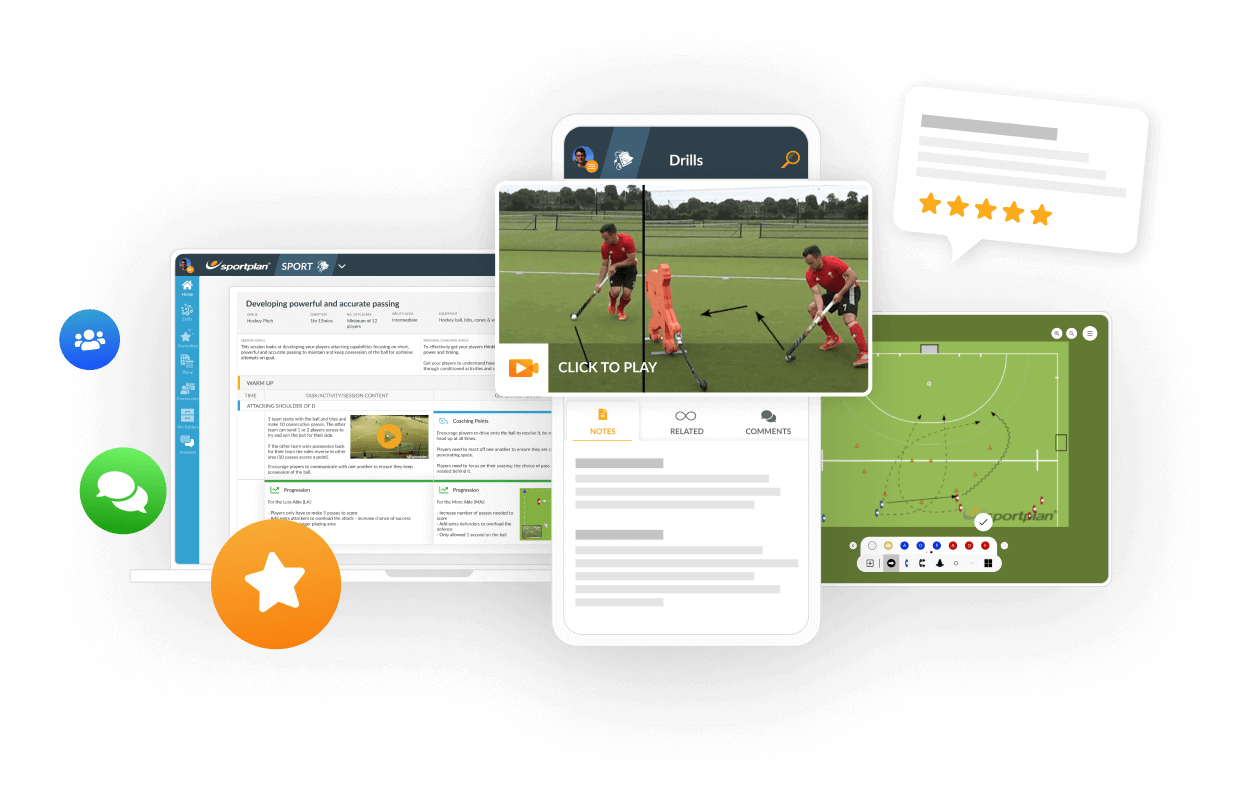
in more ways than one
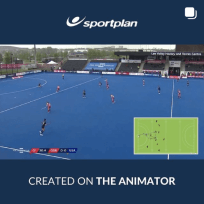
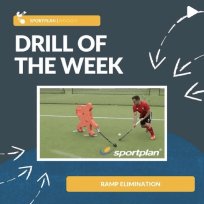
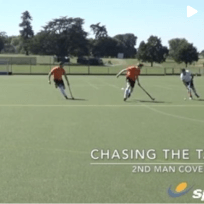

How did the Modern Olympics originally begin and why are they so culturally significant today?
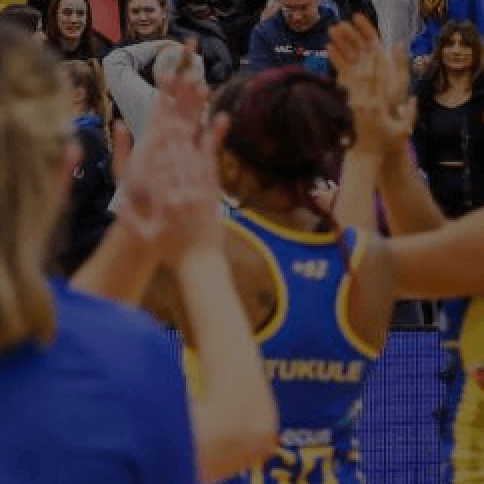
The Professionalisation of Netball is changing the game. Here is how it is helping to develop the sport.

Scoring more goals is often the key to victory in netball. Here's how Sportplan can help you achieve this.
Use our expert plans or build your own using our library of over 700+ drills, and easy-to-use tools.
JOIN NOW